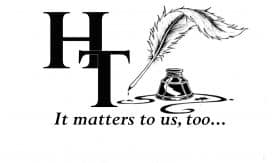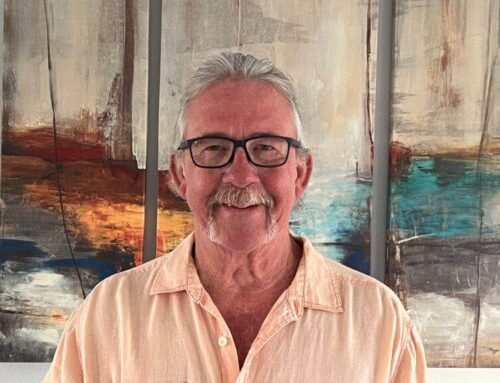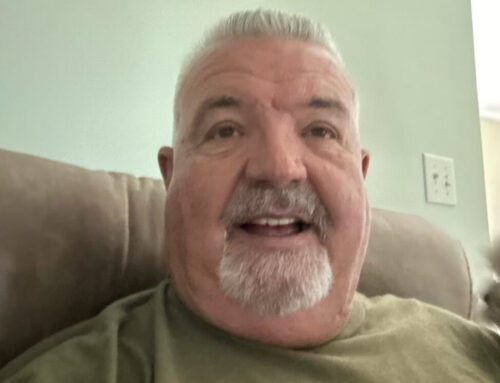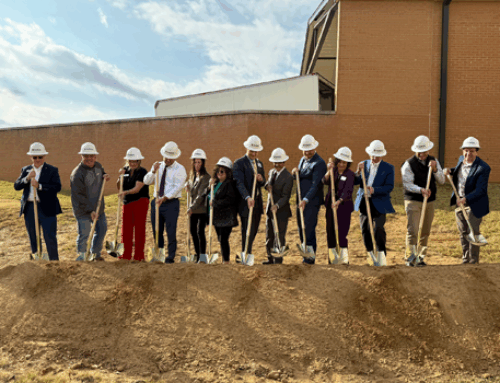Last week I had the opportunity to go to the movies with my grandchildren to watch “F1” starring Brad Pitt. I really enjoyed the experience. Sonny Hayes the main character is a race car driver who had a promising career 30 years earlier but had a life-threatening accident while driving in a Formula One race in Spain. After the accident he was told that he would be a great risk if he continued to drive if he was involved in another accident. He could easily be paralyzed or even killed due to hisprevious injuries. He stopped driving for 10 years. For thirty years he struggled with addictions and went through several broken relationships. As he stated, “I got lost for a while.”
After 10 years he started driving again and eventually movedback up to Formula One races. Several times during the movie he was asked questions like “Why are you here?” and “Why are you doing this?” Eventually he answered the question essentially stating that racing brings him life, a sense of purpose, of meaning, that there are times when he is racing that it feels like he is flying and all worries and concerns leave him.
American theologian and civil rights activist Howard Thurmanwrote : “Don’t ask what the world needs, ask what makes you come alive and go do it. Because what the world needs is people who have come alive.”
In the coaching program at the Andrew Weil Center at the University of Arizona, we teach our students that real change happens in peoples’ lives when we can help them find an intrinsic “why” to change behavior, a “why” to break old habits and a “why” to establish new habits.
Research has found a strong correlation between having a sense of purpose and overall wellbeing. One study found that people who live with a sense of purpose are less depressed (Hourani, 2012). Also, a study found that individuals who engaged in activities that brought them meaning not only had a higher senseof emotional wellbeing but also were less prone to physical diseases (Levine, 2002). In addition, those who live with a sense of satisfaction had higher levels of emotional wellbeing andwere physically healthier (Tsuang, 2007).
These moments in the film invite us to ask similar questions of ourselves. Too often, daily demands and routines can cause us to lose sight of what makes our hearts race—what calls us back to ourselves with clarity and energy. We may forget, amid obligations and distractions, to seek those pursuits that fill us with vitality and joy. Yet, as Thurman suggests and research affirms, discovering and embracing what brings us alive is not just a personal luxury but a vital need—for ourselves and for the world around us.
So how do we reconnect with what stirs our spirits and gives us purpose? It often begins with simple, honest reflection. We might pause to consider: When do I feel most engaged and present? What activities or relationships leave me energized rather than depleted? Sometimes, the answers are found in moments of stillness; other times, they emerge amid the very challenges that threaten to overwhelm us.
It may help to remember that purpose need not be monumental. The small joys—a morning walk, a meaningful conversation, creating art, or helping a neighbor—can all be threads in the fabric of a meaningful life. What matters is the feeling of vitality they evoke within us, the sense of alignment with our deeper values and desires.
In seeking and honoring what brings us alive, we not only enrich our own lives but become a source of encouragement and inspiration for others. Our vitality is contagious; it lights a path that others might follow as they search for their own meaning, their own “why.”
Let us, then, be curious about what awakens us, courageous in pursuing it, and generous in sharing that spark with those around us. As the movie reminds us, and as Thurman so eloquently advises, the world needs more people who are truly alive—people willing to follow their heart.






